A strong lower back is essential for overall body stability, posture, and injury prevention. Unlike traditional free weights, cable exercises for lower back provide constant tension, ensuring effective muscle engagement throughout the movement. Whether you're an athlete or someone recovering from back pain, low back cable exercises can improve your strength while reducing the risk of injuries.
Why Train the Lower Back?
Many people neglect lower back training, leading to poor posture, back pain, and weak spinal support. Here’s why you should focus on lower back cable exercises:
- Injury Prevention – A strong lower back reduces the risk of spinal injuries.
- Posture Improvement – Strengthening these muscles helps maintain an upright and aligned posture.
- Athletic Performance – A powerful lower back enhances sports performance, especially in weightlifting and sprinting.
Benefits of Using Cables for Lower Back Workouts
Cable machines offer unique advantages for lower back training:
✔ Constant Muscle Tension – Unlike free weights, cables maintain tension on muscles throughout the exercise.
✔ Better Range of Motion – The flexibility of cables allows for a controlled and full range of motion.
✔ Reduced Risk of Injury – With cables, you can perform movements with guided resistance, minimizing strain.
Best Cable Exercises for Lower Back Strength
1. Cable Deadlifts
- Attach a bar handle to the cable machine.
- Stand with feet shoulder-width apart, pull the cable while maintaining a straight back.
- Engage your core and lower back to lift the weight.
2. Cable Good Mornings
- Place the cable bar behind your neck.
- Bend at the hips, keeping your back straight.
- Slowly return to the starting position.
3. Back Extensions Using Cables
- Use a low cable pulley and attach an ankle strap.
- Bend forward while keeping your back straight, then return to the starting position.
Low Back Cable Exercises for Stability
1. Cable Romanian Deadlifts
- Use a rope attachment for a better grip.
- Focus on slow, controlled movements to strengthen the lower back stabilizers.
2. Cable Pull-Throughs
- Face away from the machine with the rope between your legs.
- Thrust your hips forward while engaging your lower back.
3. Seated Cable Back Extensions
- Sit upright and pull the cable towards your lower back.
- Hold for a few seconds before releasing slowly.
Lower Back Cable Movements for Flexibility and Mobility
- Cable Side Bends – Targets obliques and lower back stabilizers.
- Cable Lumbar Rotations – Enhances spinal mobility.
- Cable Hip Hinges – Improves flexibility and posture.
How to Incorporate Lower Back Cable Workouts into Your Routine
- Train 2-3 times per week for optimal results.
- Use moderate resistance to avoid strain.
- Combine lower back exercises with core and leg training for balance.
Lower Back Cable Workout Plan
| Level | Exercise | Sets | Reps |
|---|---|---|---|
| Beginner | Cable Deadlifts | 3 | 12-15 |
| Intermediate | Cable Romanian Deadlifts | 4 | 10-12 |
| Advanced | Cable Pull-Throughs | 4 | 8-10 |
Common Myths About Lower Back Training
🚫 Myth: Lower back training is dangerous.
✅ Truth: When done correctly, it prevents injuries.
🚫 Myth: You only need bodyweight exercises.
✅ Truth: Resistance training strengthens the lower back more effectively.
FAQs About Lower Back Cable Workouts
1. What are the best cable exercises for lower back?
Cable deadlifts, Romanian deadlifts, and pull-throughs are some of the best exercises.
2. How often should I train my lower back?
2-3 times per week is ideal for strength and endurance.
3. Can cable workouts replace free weights for lower back strength?
Cables provide a unique tension but should be combined with free weights for maximum results.





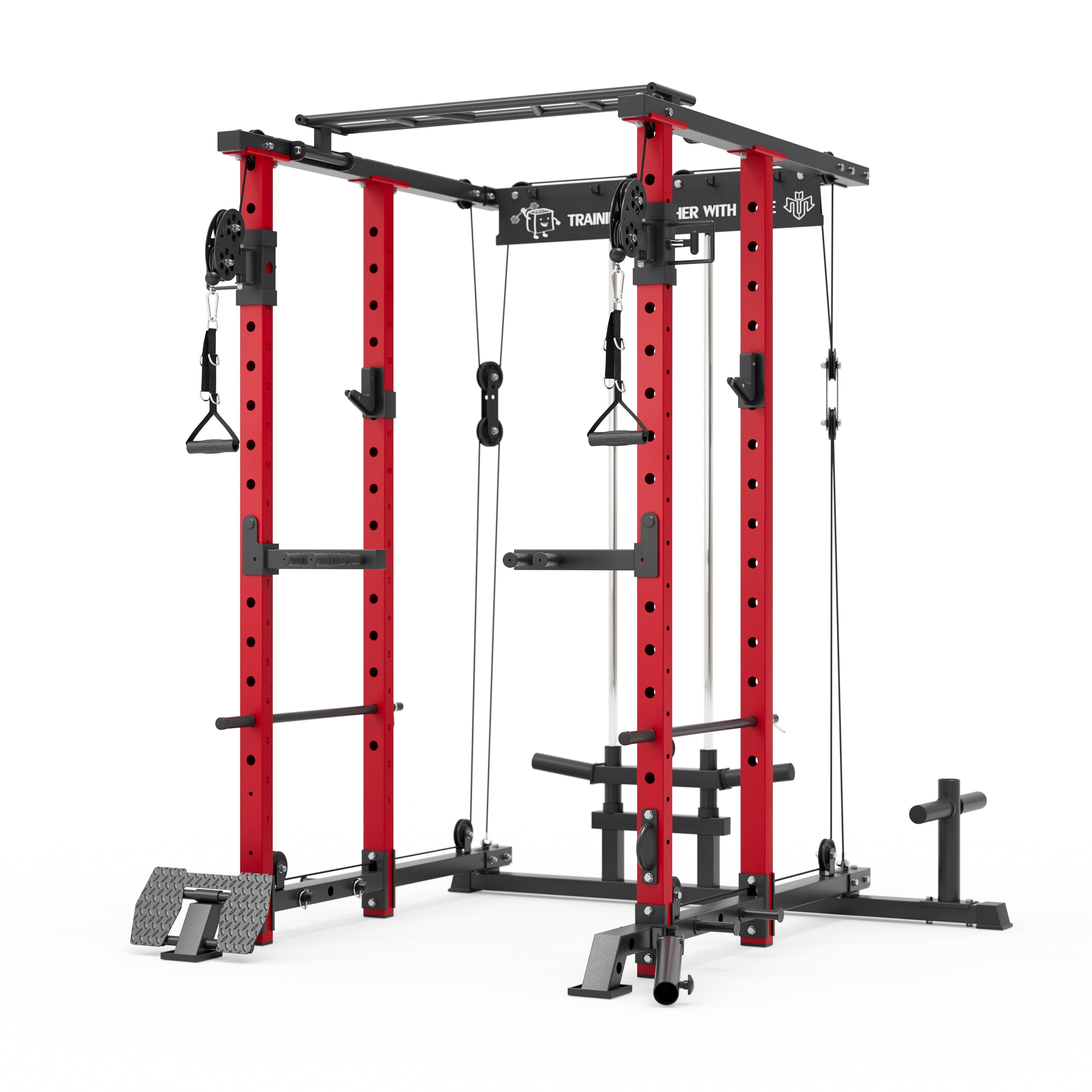
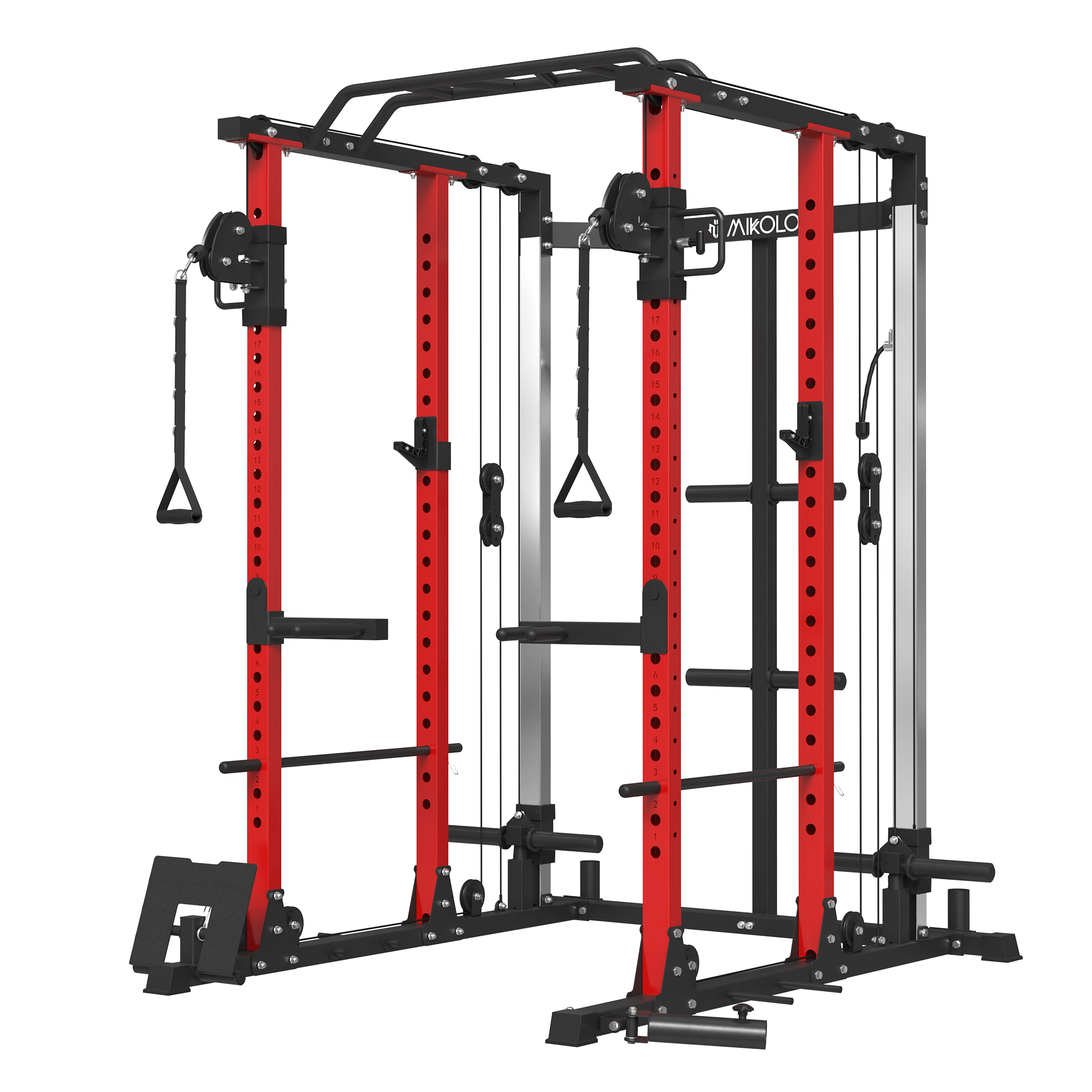

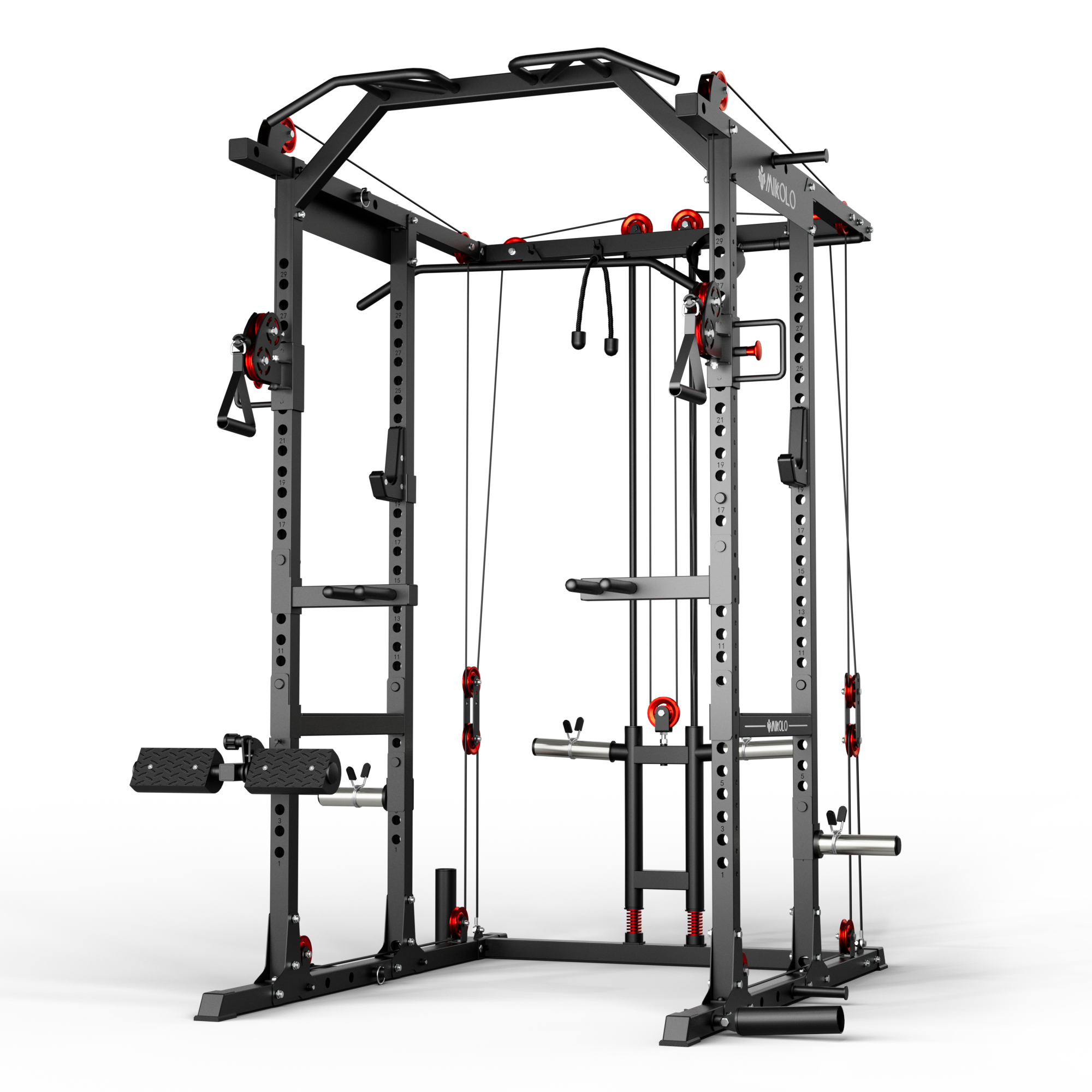
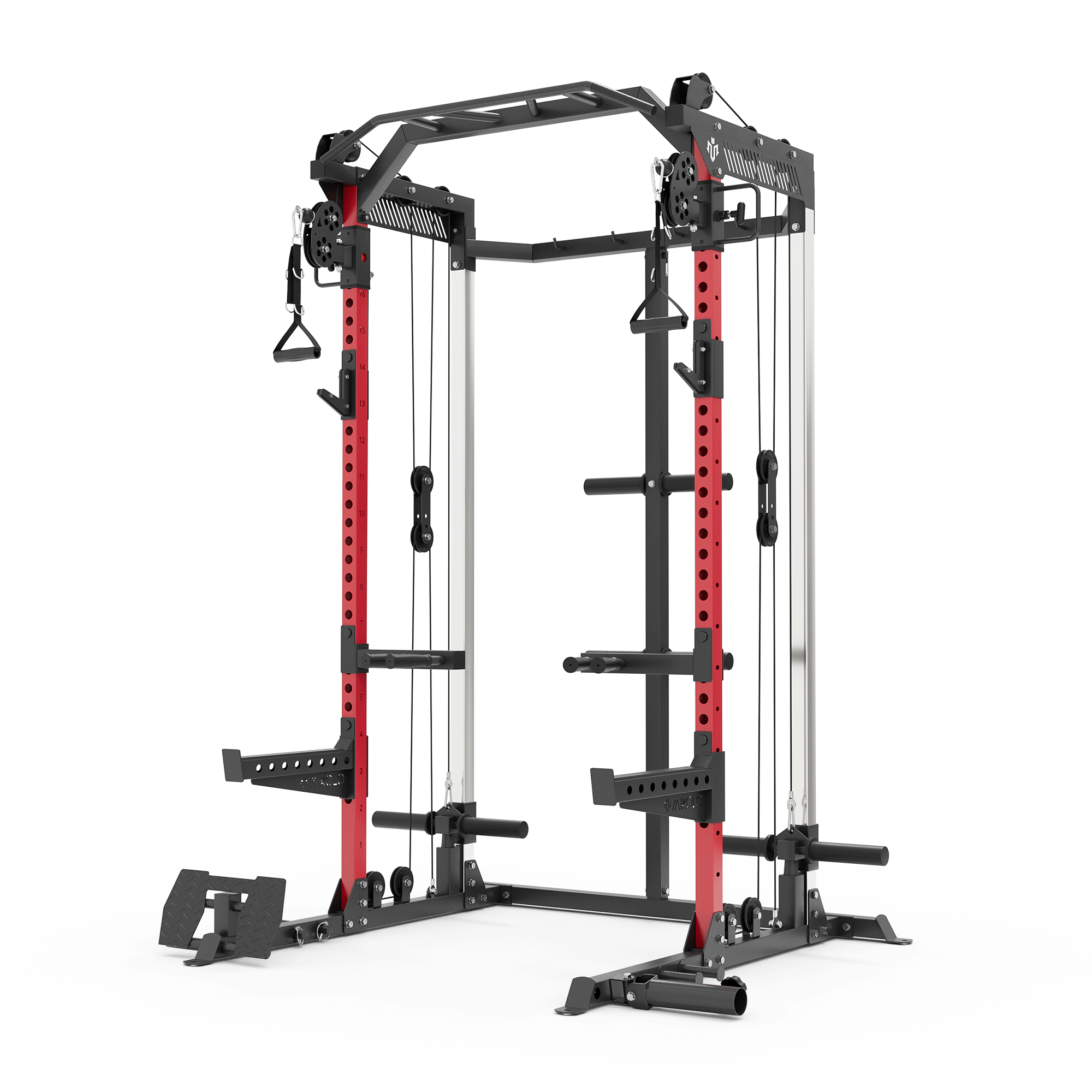
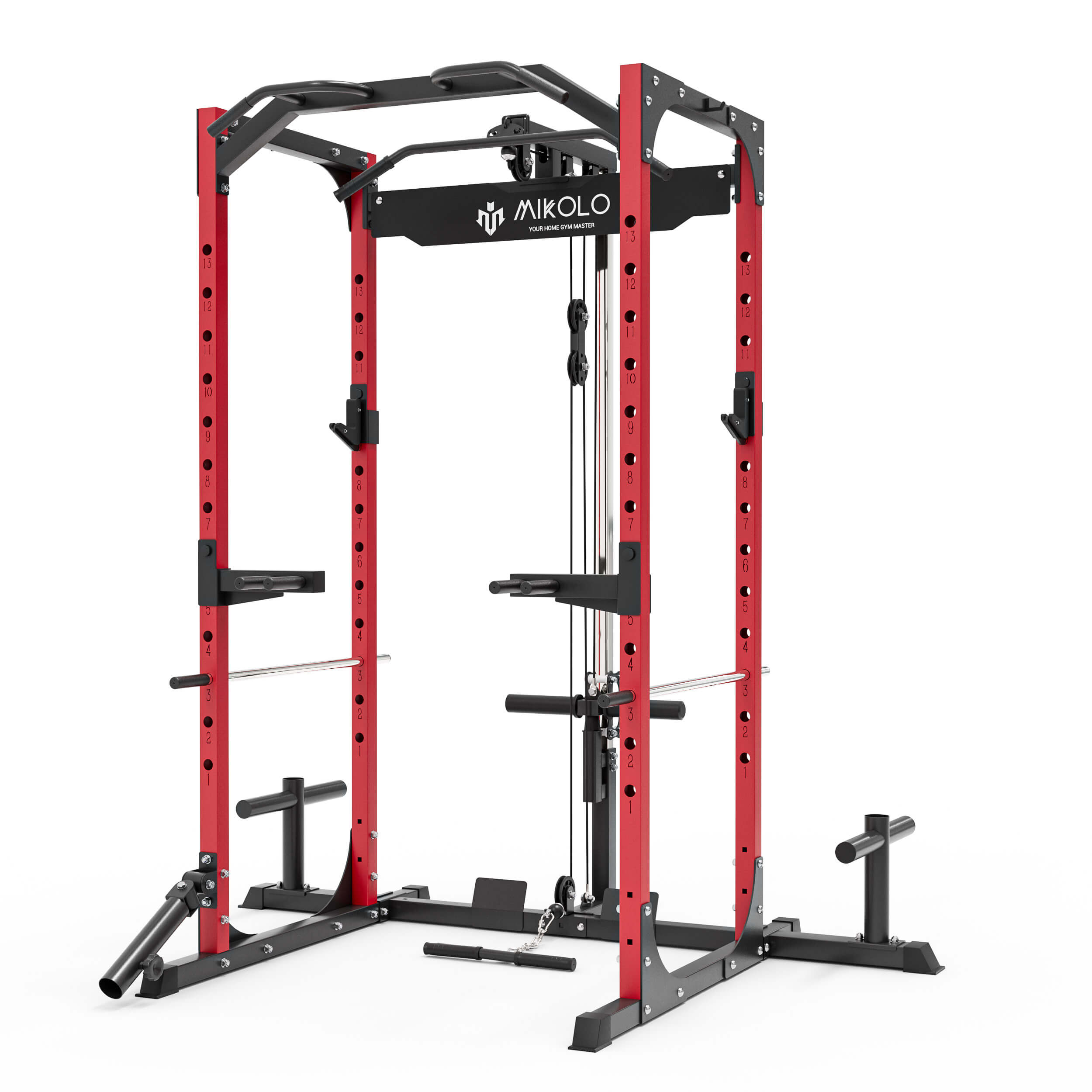





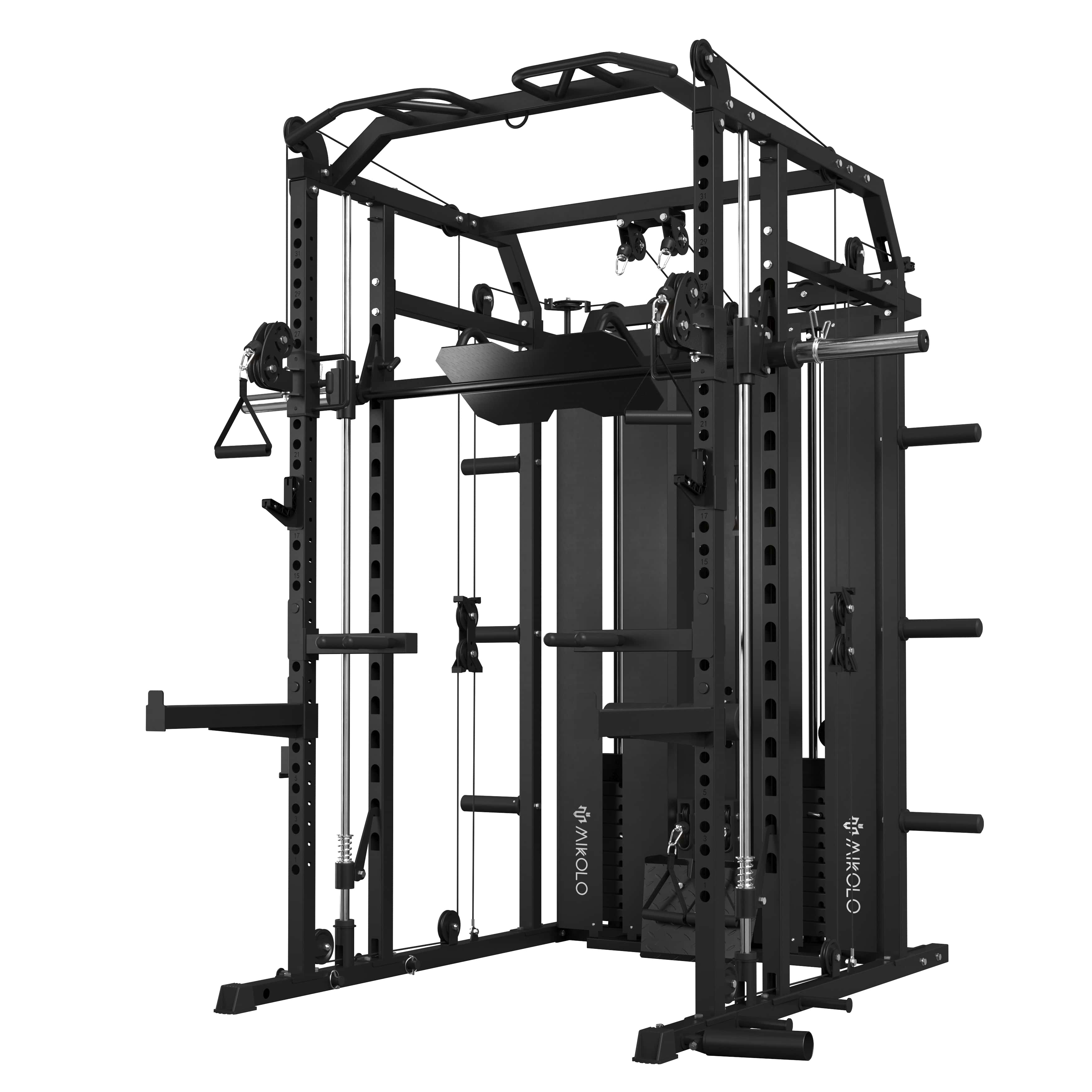
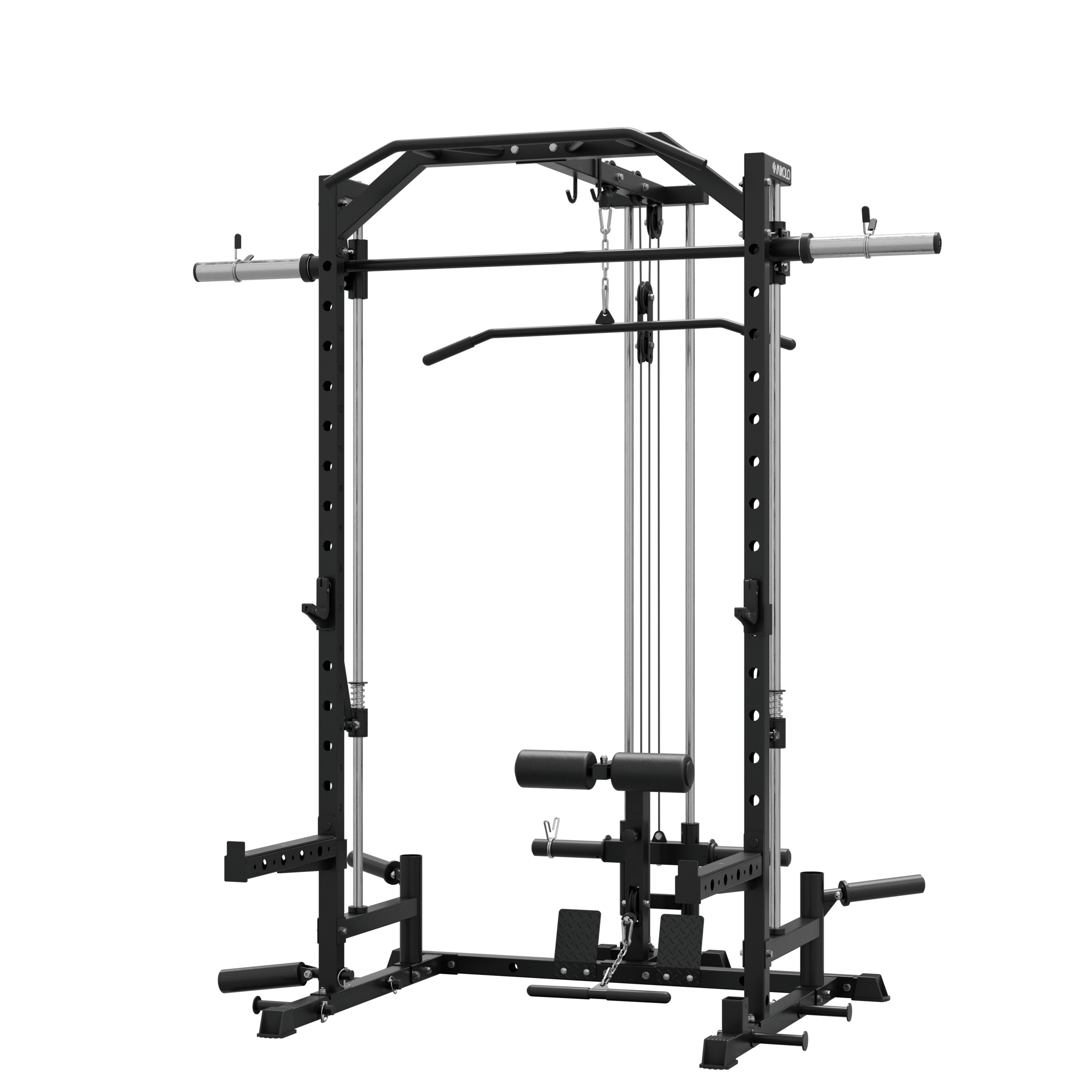
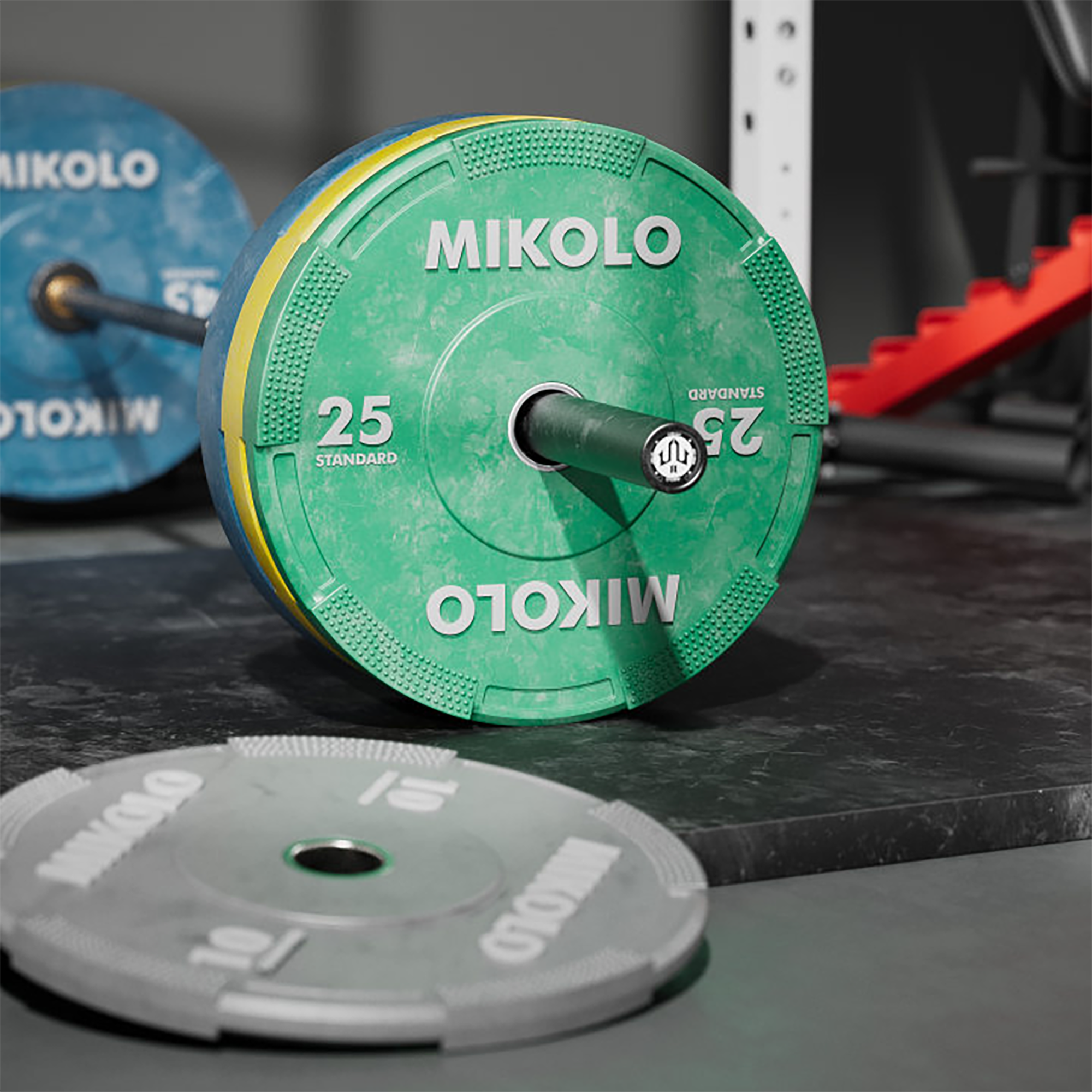


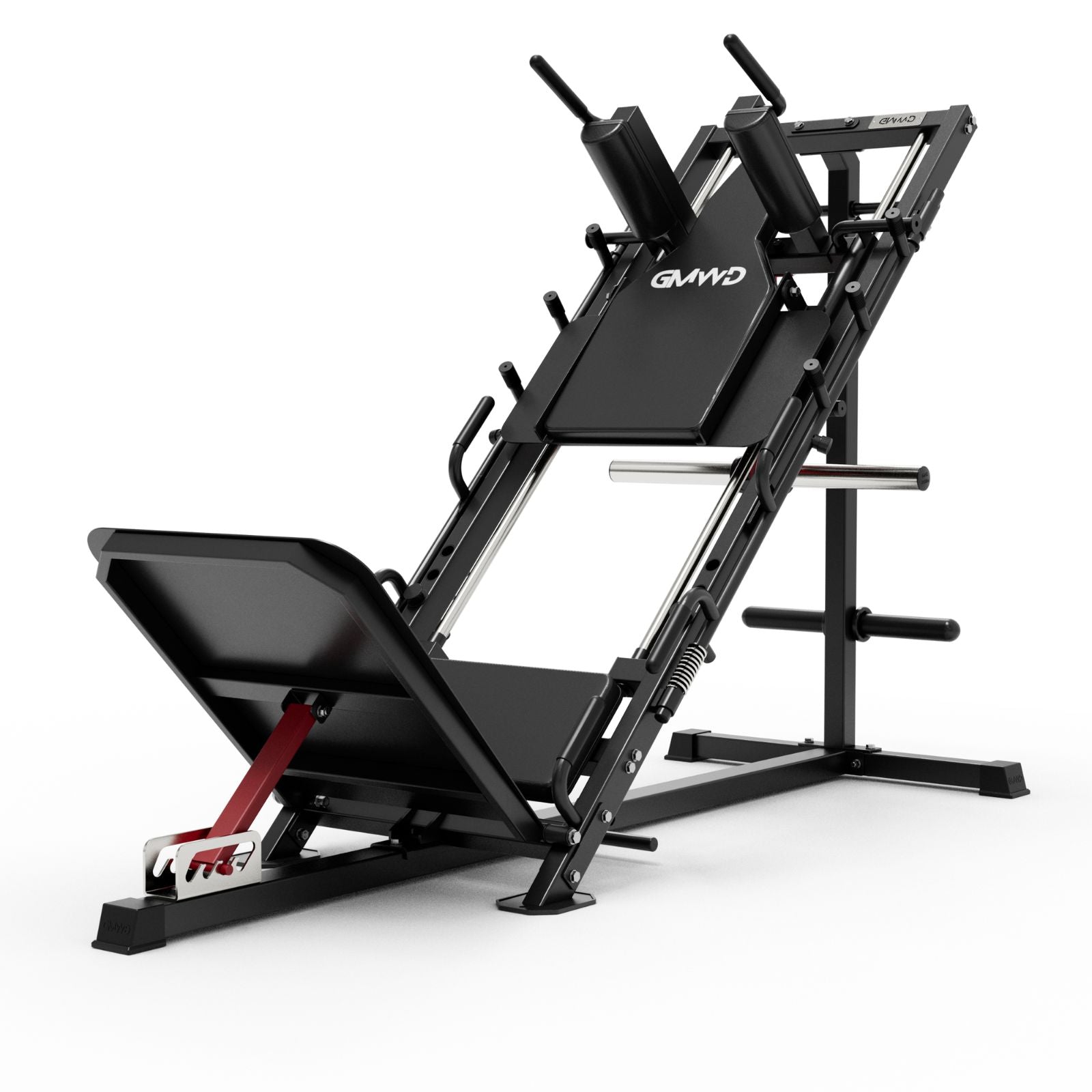



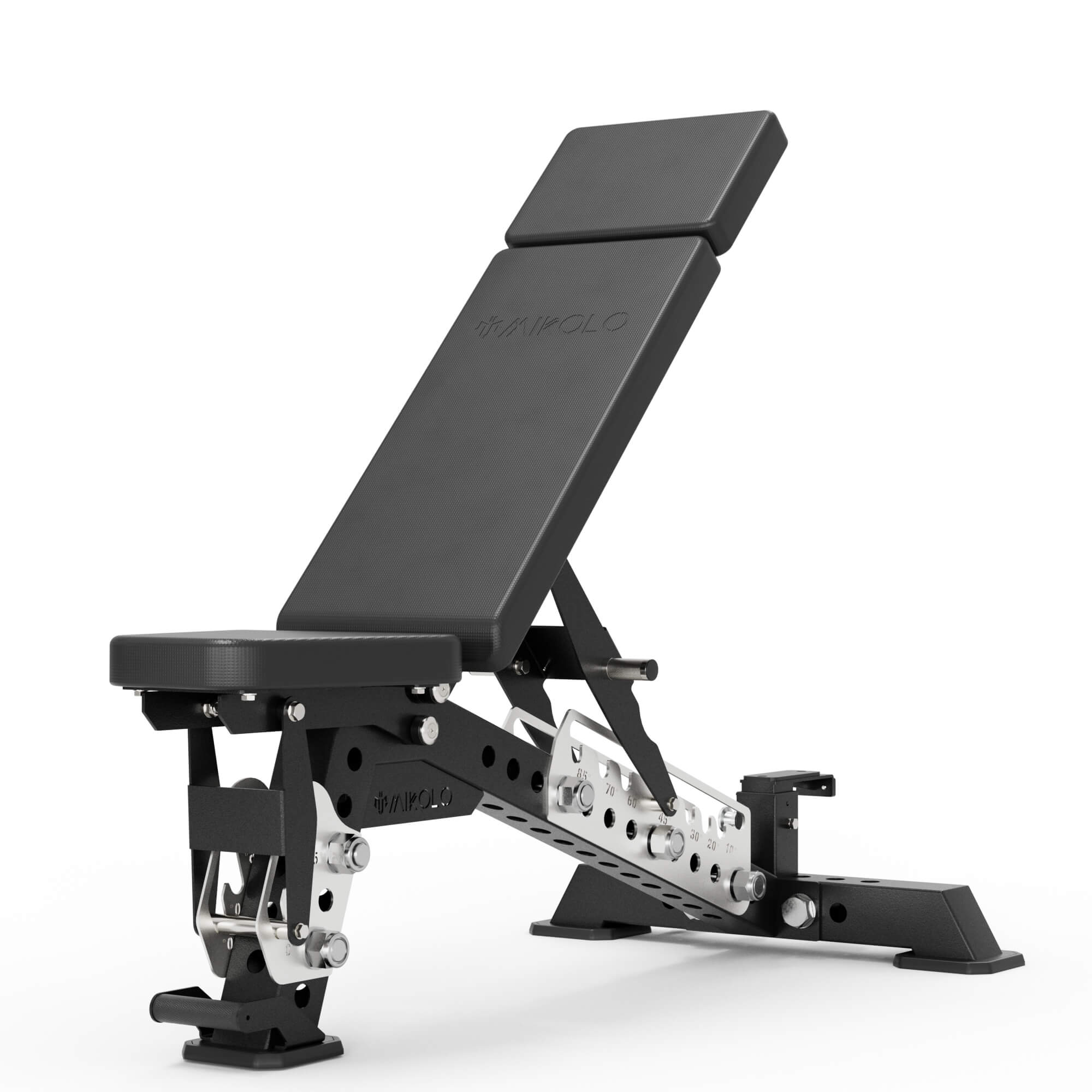
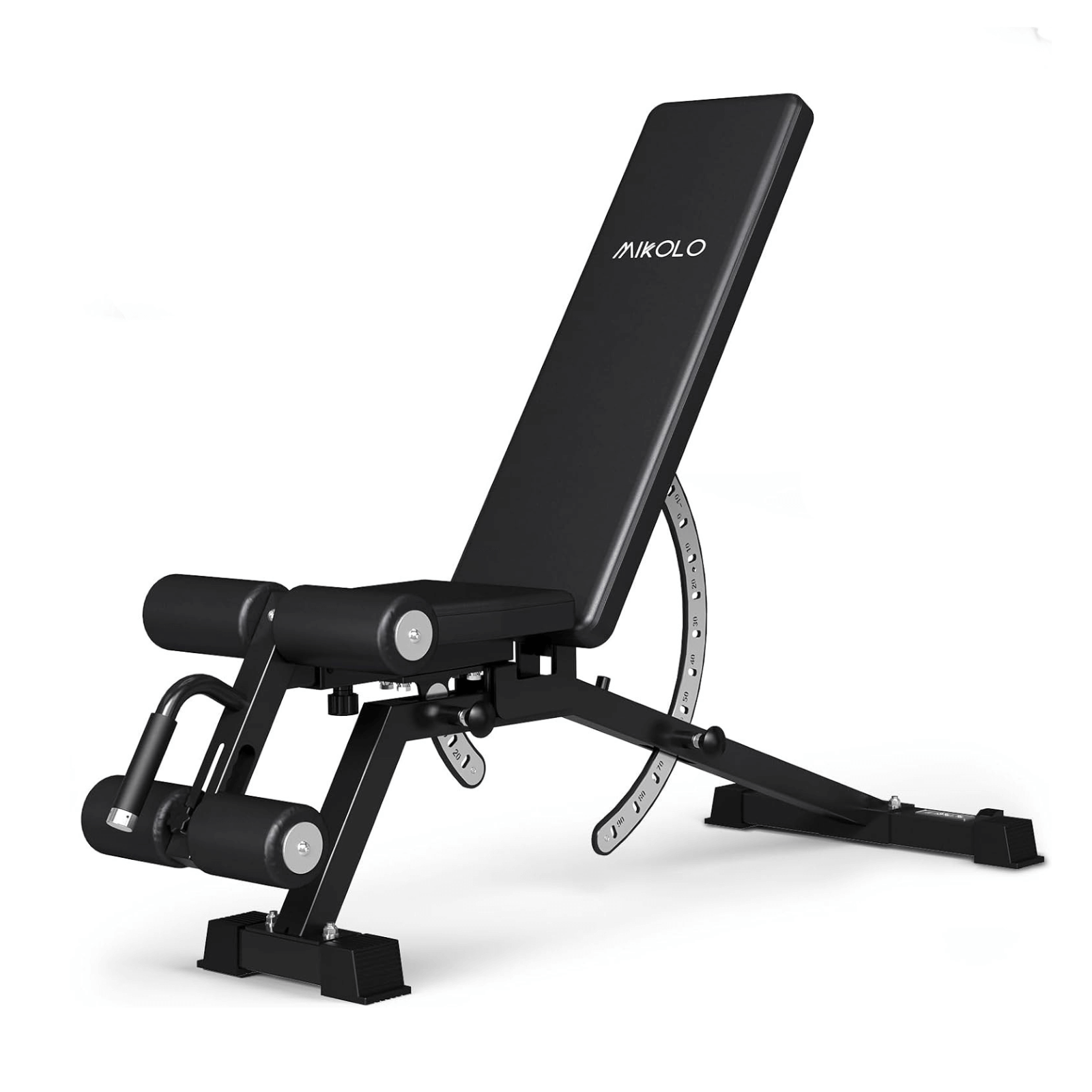

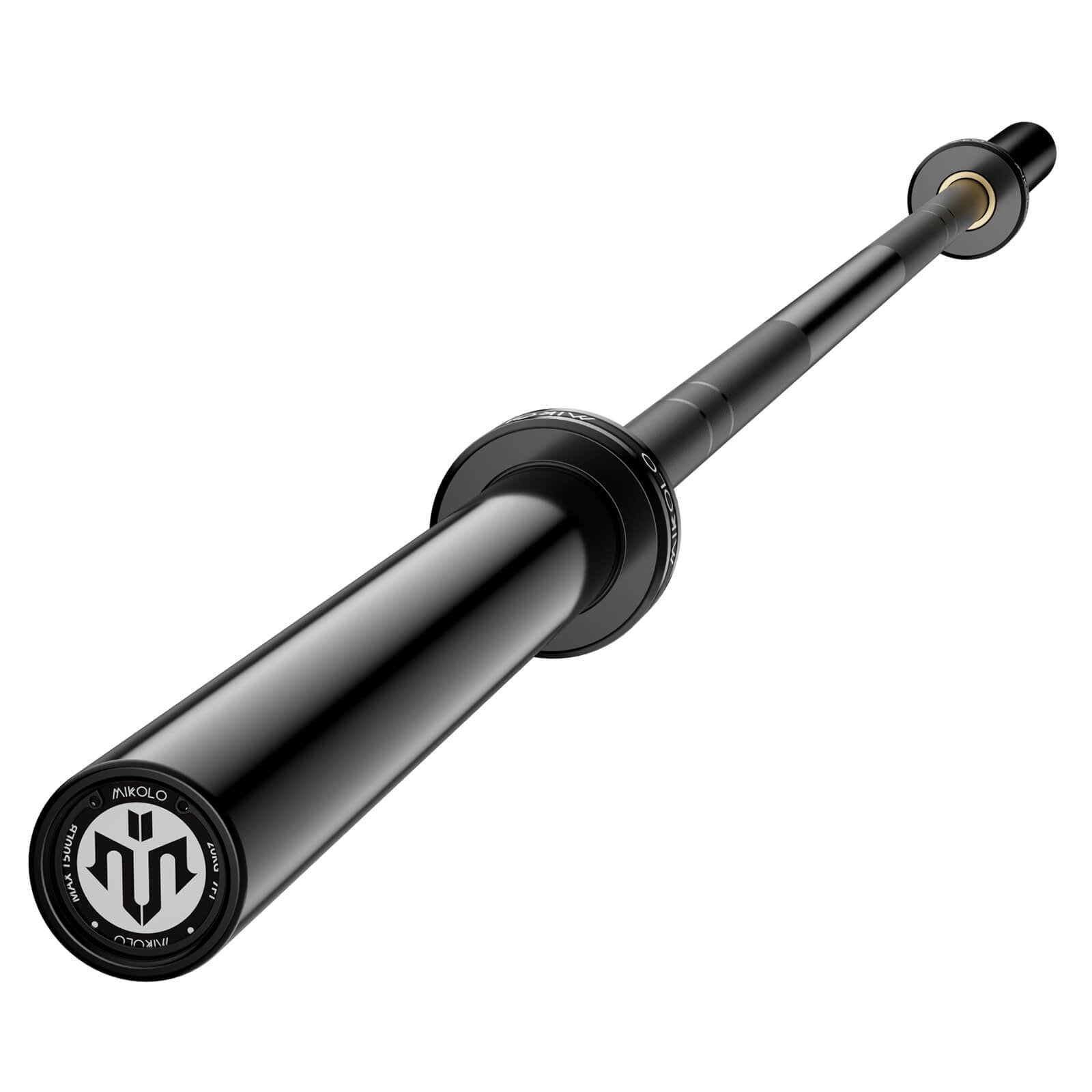
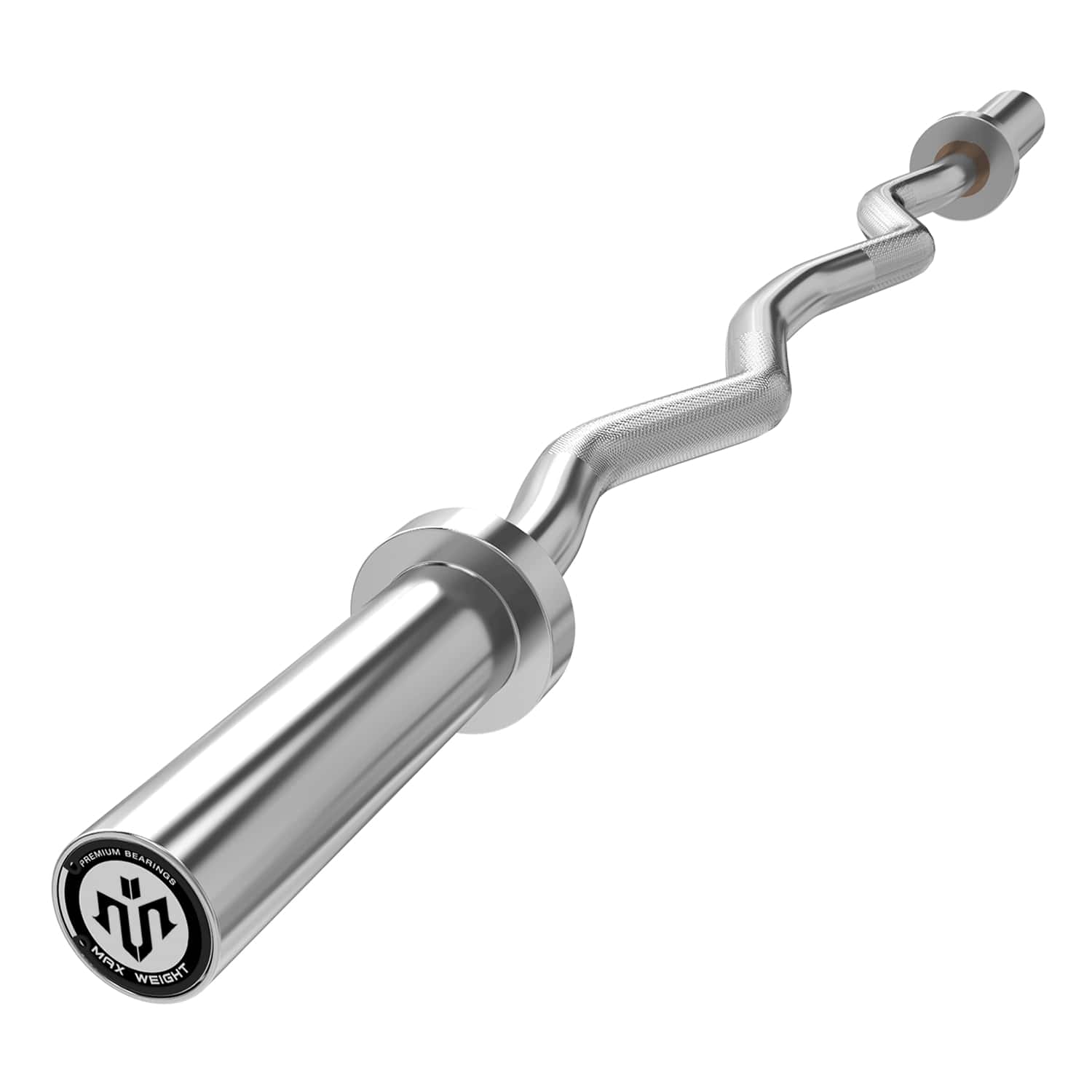
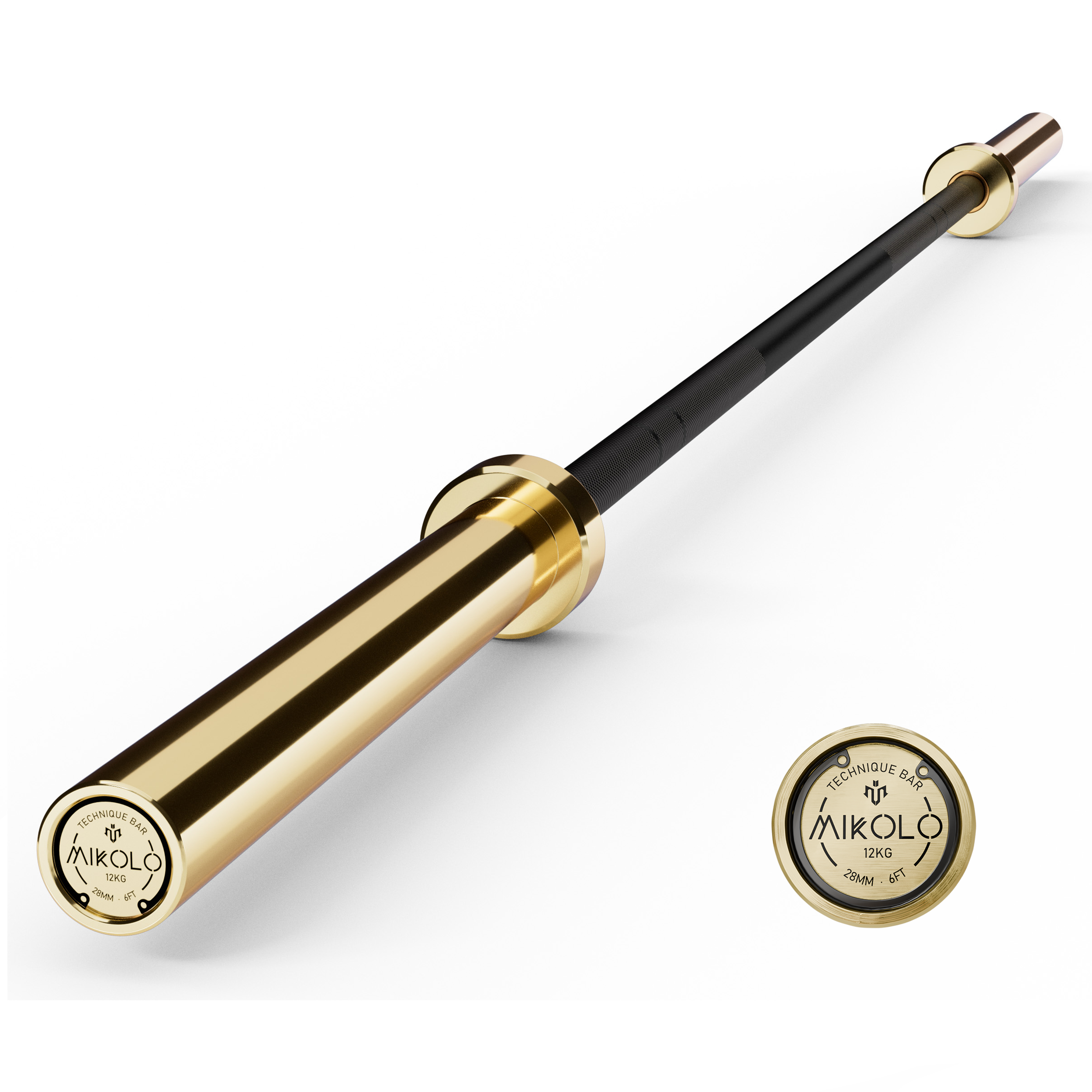

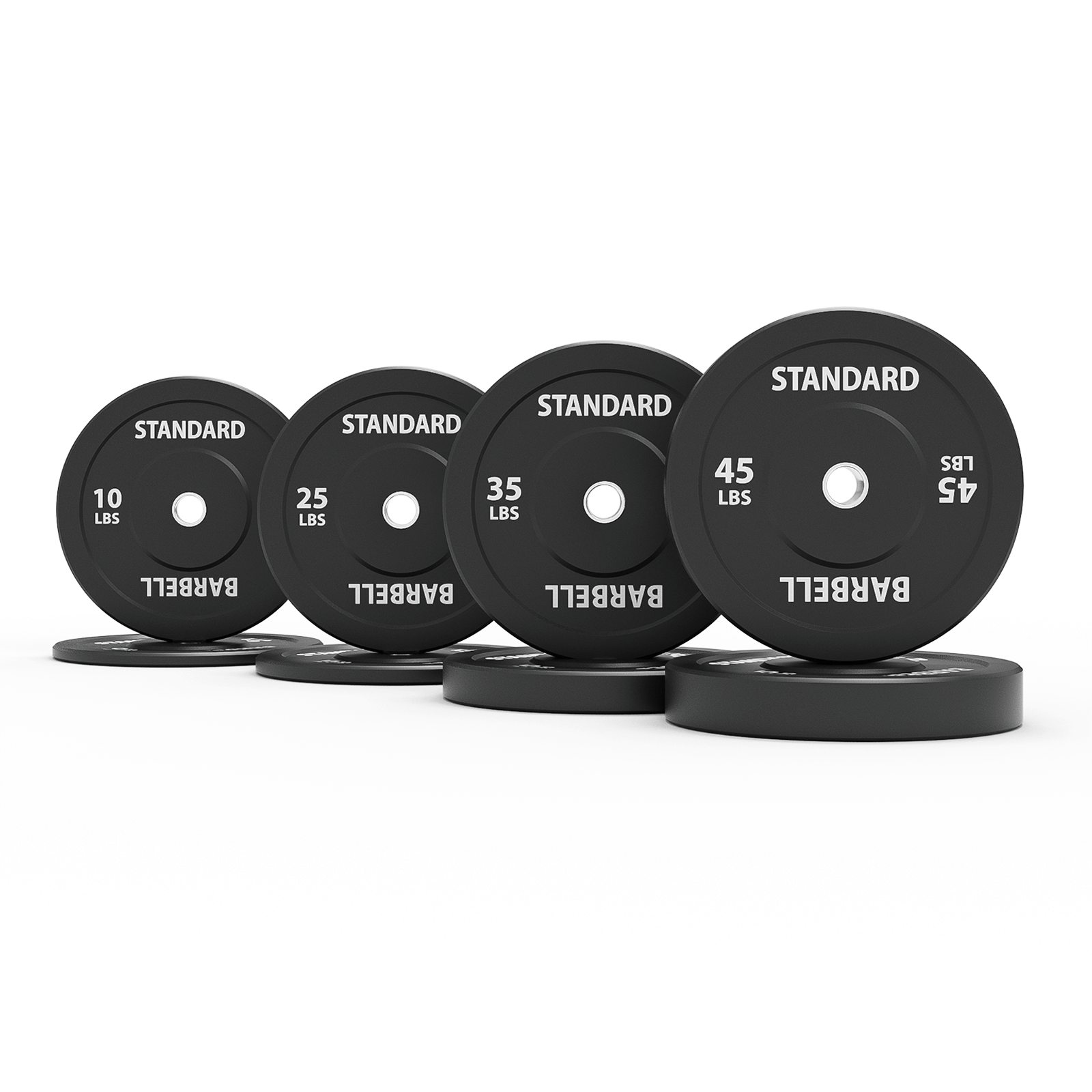




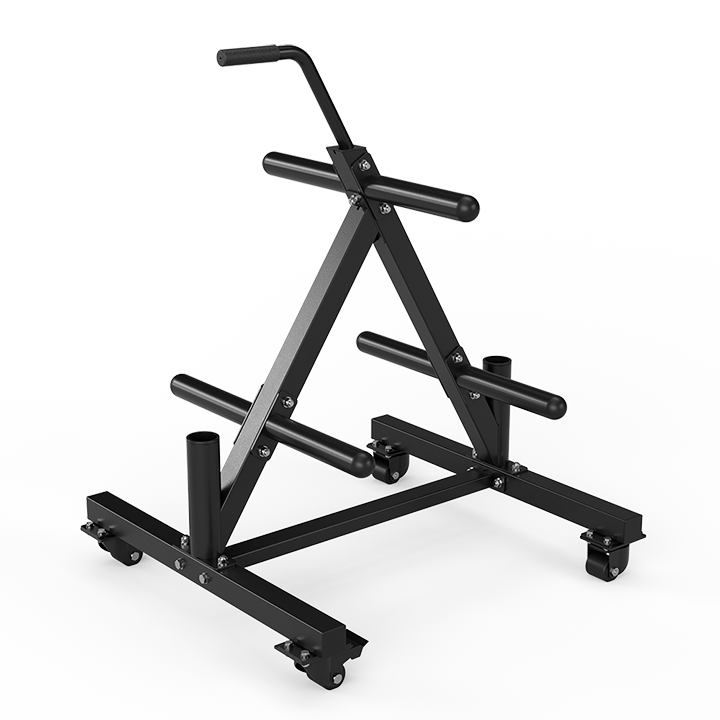
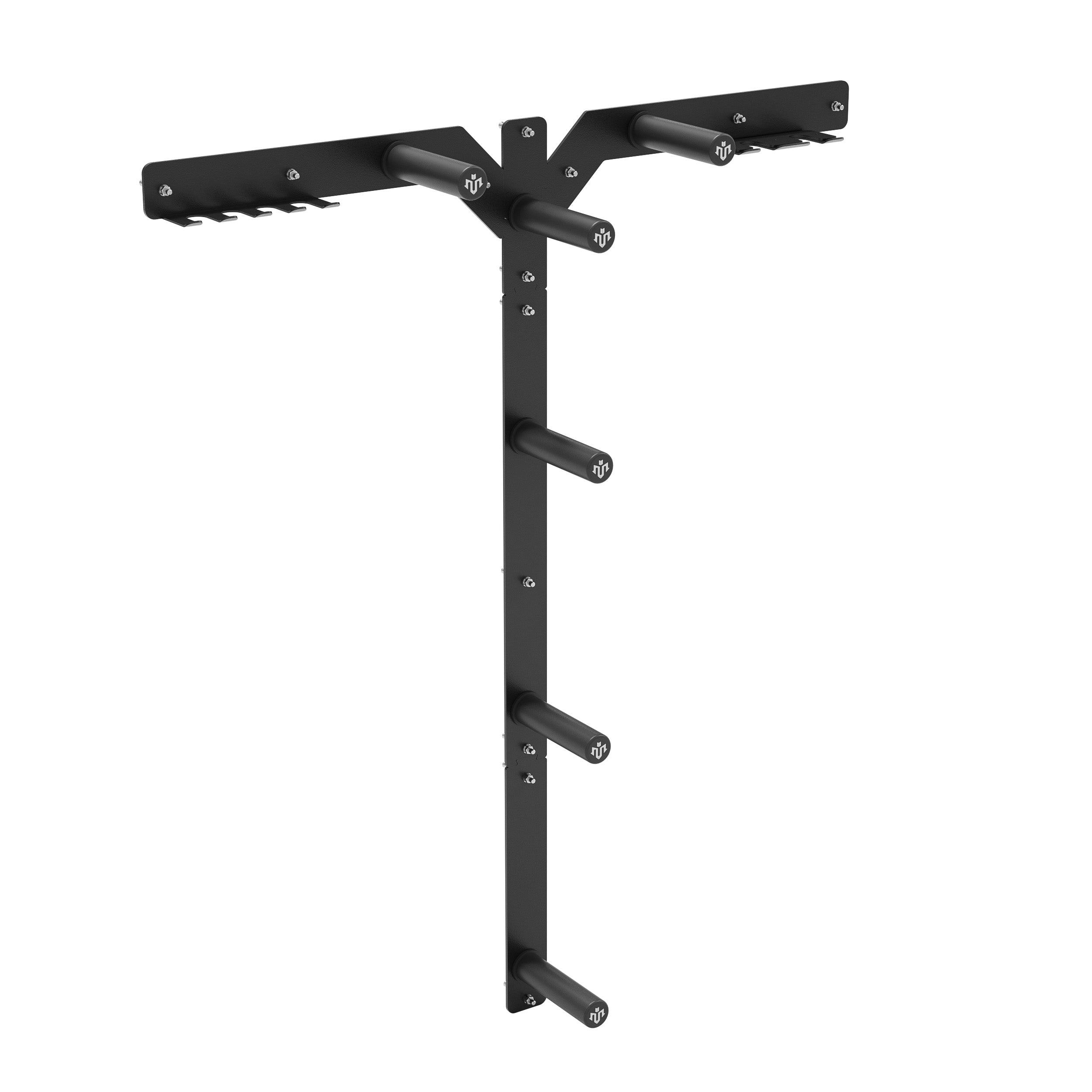




Leave a comment
This site is protected by hCaptcha and the hCaptcha Privacy Policy and Terms of Service apply.